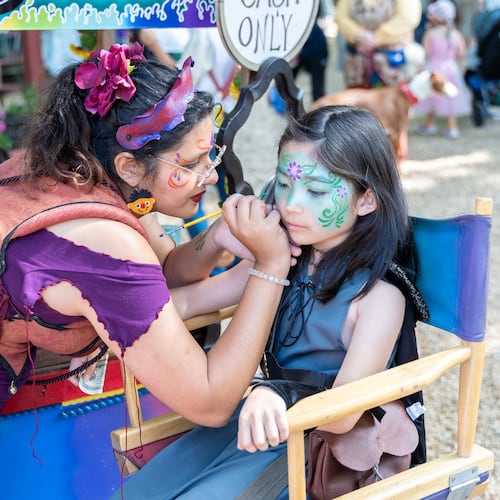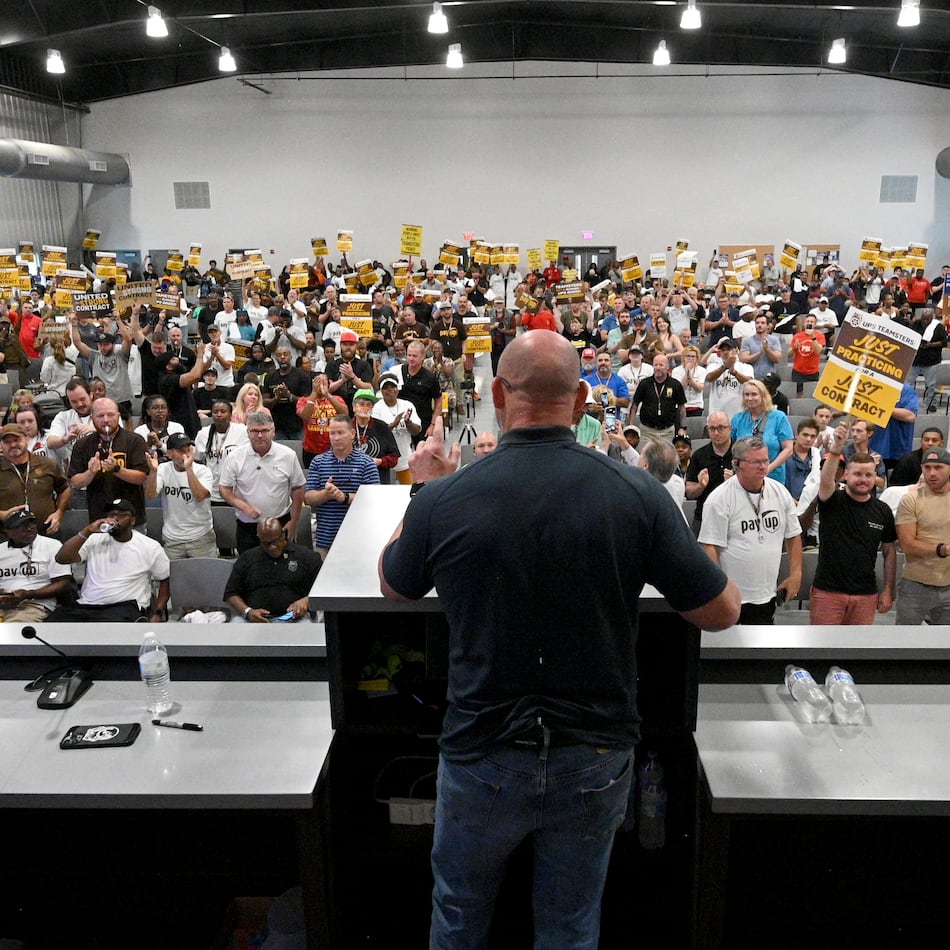ART REVIEW
“Creole World: Richard Sexton”
Through Nov. 22. 11 a.m.-5 p.m. Wednesdays-Saturdays. Free. Whitespace Gallery, 814 Edgewood Ave., Atlanta. 404-688-1892, www.whitespace814.com.
Bottom line: An interesting, if often austere rumination on how architecture unites disparate Creole cultures.
Photographer Richard Sexton traces a line in his photographs, from New Orleans in the north to Buenos Aires in the south, and regions united by Creole culture. The Creole blending of African and European cultures in the Caribbean, South America and Louisiana creates visual affinities that the artist highlights in his show “Creole World” at Whitespace Gallery.
In his solo show, Sexton conveys a definite sense of place that connects these disparate geographies. His focus is on architecture: the high ceilings, tall painted shutters, plaster walls and a similarly decaying quality found from Haiti to Cuba, New Orleans to Panama City. If Sexton’s exhibition is an argument for the shared aesthetic of these far-flung places, he’s a winner: remove the inscriptions naming the location for each photograph and it would be hard to identify whether we were looking at New Orleans, Port-au-Prince or Havana.
His color photographs appraise the exteriors of beautiful but moldering apartment buildings and shops with their elegant neoclassical architecture of ornamental iron work, columns and elaborate cornices subjected to the ravages of time and temperature. The exteriors of these buildings are often remarkably beautiful not just because of those architectural flourishes. Often more compelling are the eroded layers of paint and plaster that create a palimpsest illustrating the passage of time.
It’s easy to get lost in the romance of such places, and the seductive interplay of past and present that gives places like New Orleans their unique character. Sexton attended Emory but has made his home for the past 23 years in New Orleans and has clearly absorbed the fascination with refined decay that defines that place and its kindred regions. Images like one of a cavernous, elegantly dilapidated living room in “Double Parlor, Germain Vitry House, Treme” become especially appealing in a present that seems anxious to steamroll and remove every semblance of the past for something better, or at least newer and shinier.
Sexton hones in on the connective tissue of architecture, grand, gorgeous and decidedly gone to seed in these tropical destinations united by poverty and the wear and tear that intense heat can take on buildings. Sexton’s Creole project often recalls the work of photographers like Andrew Moore who have famously documented the crumbling, abandoned factories and mansions of Detroit or the decaying architecture of modern Cuba.
There is even a term for the appeal of such decay, termed “ruins photography” for the distinct appeal it holds for many fans of the apocalyptic look of grand, old buildings that have fallen on hard times.
Perhaps the most astounding image in the show, “Two Perspectives of the Past,” features a crumbling neoclassical Havana building loomed over by a towering high-rise behind. The past and present here exist simultaneously. In images like “Facade on Rue Claire Heureuse, Jacmel,” women carry plastic buckets piled with laundry on their heads, passing down an urban street defined by satellite dishes, but looking more like the residents of some remote, lost-in-time village. Horse-drawn carriages and clotheslines place many of Sexton’s locations in the past, even as ad hoc wiring strung like bunting from building exteriors shows a modern world haphazardly coexisting with that past.
When figures do appear in Sexton’s images, you get a sense of a vibrant public life in which people are forced by heat and darkness out onto the streets.
Though Sexton’s recent book — “Creole World: Photographs of New Orleans and the Latin Caribbean Sphere,” published by the Historic New Orleans Collection — goes further afield in showing how Creole is defined in people, landscape and architecture, this Whitespace show focuses in on architecture, often making people ancillary to that mission. That tighter focus shows connections between these far-flung places, but also gives a lessened sense of how life is lived.
About the Author
The Latest
Featured

